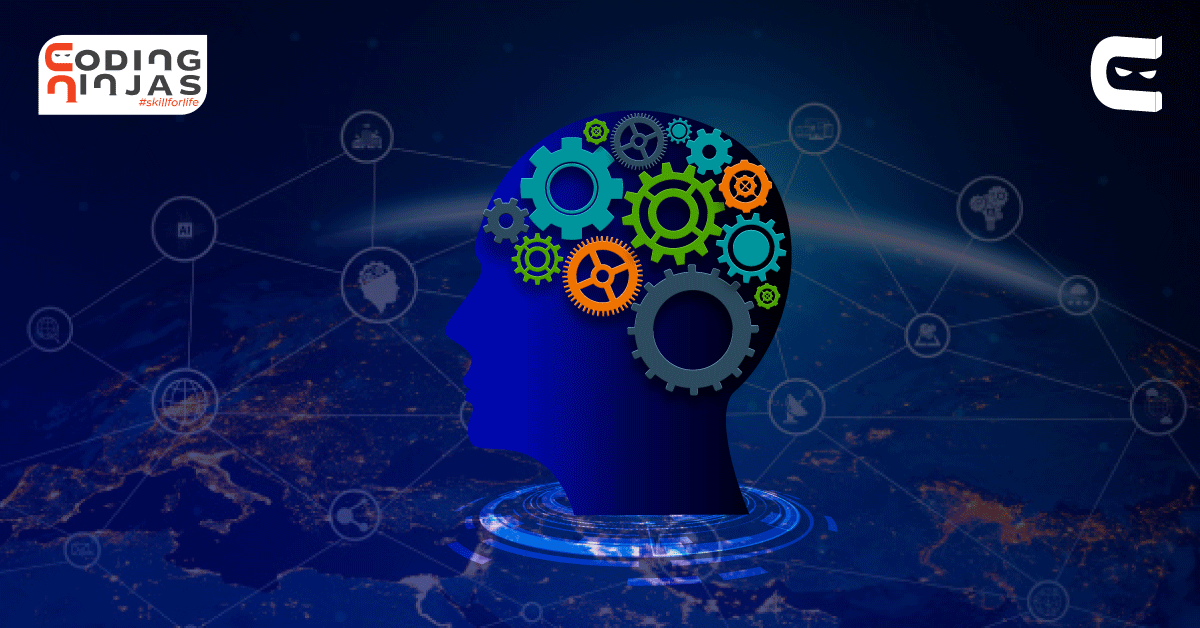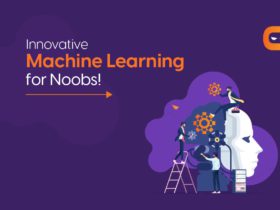Table of Contents
When it comes to open-source, the one word that comes to mind is Github. With tons of contributors and resources on Machine Learning, it may become difficult to choose the best one. Here, we present to you the top 7 projects that are rated highest.
What is Machine Learning?
Machine learning, also known as ML, falls under the umbrella of Artificial Intelligence. It focuses on the study of user experience and uses computer algorithms to learn and improve over time. All these algorithms use data to build mathematical models. The data is often called sample data, or even training data, in that it trains the models to anticipate occurrences and predict estimates.
Machine Learning is applied to all kinds of industry verticals. They are used in web as well as mobile applications, especially in cases where events are based on several different conditions and it might be difficult or even impossible to develop regular algorithms to accomplish certain tasks.
The Machine Learning branch of Artificial Intelligence allows systems to study and enhance applications without explicit programming. Machine learning is focussed on developing the kind of web and mobile applications that collect data and then uses the data to generate experience which enhances their predictions.
Why do you need Machine Learning?
There are so many places that you can use Machine Learning in order to advance your problem-solving and lifestyle. Look at the following examples:
- Netflix recommendations? Machine learning.
- Looking at what other customers bought along with the item you purchased on Amazon? Machine learning’s telling you that.
- What are your customers talking about you on Twitter? Plug-in Machine Learning with linguistic rule creation and voila!
- Planning to get your hands on the new Google self-driven car? That’s become possible because of Machine Learning.
- Fraud detection? Of course, go thank Machine Learning.
What is Github?
Linus Torvalds? Does the name ring a bell? The creator of Linux also created Github. This open-source project works in a similar manner as version control systems. You can use it to manage as well as store versions and revisions of your projects.
One thing that makes Github stand out from its predecessors is that it allows you to copy an entire repository to your system. You don’t need to be online to make your changes. But when you make a change in your local copy, you check the change to your central repository, thus allowing you to work offline and ensure constant productivity.
Top 7 projects on Machine Learning in Github
The following is a consolidated list of projects that you can use in Github.
- face-recognition: This is one of the most exciting projects on Github right now and therefore on the top of our list. Its beauty lies in its absolute simplicity. The programme allows you to detect faces in a photograph and then recognise those faces in a folder full of photographs. All you need to do is provide pictures with faces of people and their respective names. When you provide a folder full of pictures for identification, a simple command will do the work for you.
The programme is used for facial recognition and manipulating images. The algorithm that makes this facial recognition programme successful comes with the accuracy of 99.38% in the available dataset of labelled faces. - fasttext: Developed and supported by our friends at Facebook, fasttext is another opensource project for teaching applications to learn words quickly and classify them into several categories. It is super lightweight and allows for learning not only simple words but also complex sentences. The models used in this project are flexible enough to be fit into mobile devices too.
Text detection is super useful in message services, allowing for the detection of spam, smart replies and analysis of sentiments. With word classification, these messaging services help to categorise your mail into promotions, social and personal inboxes. - Tensorflow: A little different from your conventional Machine Learning programmes, this project is nothing but a collection and ecosystem of libraries, tools and other resources that, in fact, encourage and educate Data Scientists to create their own in the world of Machine Learning. The whole purpose of Tensorflow is to allow and encourage developers to build and deploy web and mobile applications that are powered by Machine Learning.
The most important component of Tensorflow is collaboration. As you can see, it already allows for collaboration between the researcher, developer and the Data Scientist. - style2paints: Another detour from your regular Github projects, this repository gives you the understanding of colouring images with the help of machine learning. In terms of the best line-colourisation tools available in the market today, style2paints wins the trophy and takes it home.
The difference between this project and its predecessors is the fact that all other programmes enforce end-to-end image translation methods which produce results that are way different from paintings created by human artists.
What makes Style2paints different is that it uses line-art colourisation, which is almost similar to the way human artists work. Any Pablo Picassos here? Go check style2paints here. - Keras: This awesome API hosted by Github has been written in Python and can run on TensorFlow as well as Theano. It was originally developed, keeping in mind the concept of experimentation, but quick.
The idea adopted by the developers of Keras was to be able to transition from idea and progress to result with as little delay as possible. And this can be achieved only by fantastic research capabilities.
If you need a Machine Learning library that accomplishes the following, use Keras:
1. Easy prototyping that user-friendly, modular and extensible.
2. Networks that are convolutional, recurrent and both.
3. Seamless execution on CPU and GPU. - Tesseract: Tesseract supports Unicode (UTF-8) and recognises more than 100 languages. If you wish, you can teach it to recognise several other languages.
Developed at Hewlett-Packard Laboratories, Bristol and at Hewlett-Packard Co, Greeley Colorado, the project was eventually made open-sourced. 2006 onward, the development of this project has been taken up by Google. - Pattern: Pattern is a module developed for the purpose of web mining module for Python. Pattern is different from the other projects mentioned in this list, specifically because it allows for the following:
Natural languages processing projects, such as part-of-speech taggers, n-gram search, WordNet and sentiment analysis.
Network analysis projects, including graph centrality as well as visualisation.
Data mining projects for web services such as Wikipedia, Twitter, Facebook as well as web crawlers.
Conclusion
Often, if you are just starting out in the field of Data Science, you will realise that there’s no particular end to it. As soon as you think you’ve accomplished a milestone, you find out there’s more to learn and accomplish.
The kind of technology that pushes Machine Learning changes rapidly and constantly, which of course makes it obvious that to stay abreast, you need to continue to learn. Once you write down your priorities and focus on developing them one by one rather than becoming a jack of all trades but a master of none.
Checkout Coding Ninjas Machine Learning course to scale your understanding in the domain.
To read more about the projects in Machine Learning, click here.
















Leave a Reply